Deep convolutional networks do not classify based on global object shape
- PMID: 30532273
- PMCID: PMC6306249
- DOI: 10.1371/journal.pcbi.1006613
Deep convolutional networks do not classify based on global object shape
Abstract
Deep convolutional networks (DCNNs) are achieving previously unseen performance in object classification, raising questions about whether DCNNs operate similarly to human vision. In biological vision, shape is arguably the most important cue for recognition. We tested the role of shape information in DCNNs trained to recognize objects. In Experiment 1, we presented a trained DCNN with object silhouettes that preserved overall shape but were filled with surface texture taken from other objects. Shape cues appeared to play some role in the classification of artifacts, but little or none for animals. In Experiments 2-4, DCNNs showed no ability to classify glass figurines or outlines but correctly classified some silhouettes. Aspects of these results led us to hypothesize that DCNNs do not distinguish object's bounding contours from other edges, and that DCNNs access some local shape features, but not global shape. In Experiment 5, we tested this hypothesis with displays that preserved local features but disrupted global shape, and vice versa. With disrupted global shape, which reduced human accuracy to 28%, DCNNs gave the same classification labels as with ordinary shapes. Conversely, local contour changes eliminated accurate DCNN classification but caused no difficulty for human observers. These results provide evidence that DCNNs have access to some local shape information in the form of local edge relations, but they have no access to global object shapes.
Conflict of interest statement
The authors have declared that no competing interests exist.
Figures



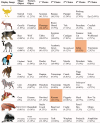






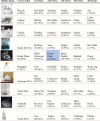


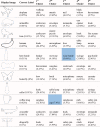

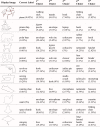



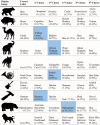








References
-
- Yampolskiy R. Turing test as a defining feature of AI-completeness. Artificial Intelligence, Evolutionary Computing and Metaheuristics. 2013:3–17.
-
- Turing AM. Computing machinery and intelligence. Mind. 1950. October 1;59(236):433–60.
-
- Krizhevsky A, Sutskever I, Hinton GE. Imagenet classification with deep convolutional neural networks. In: Advances in Neural Information Processing Systems, 2012. (pp. 1097–1105).
-
- Gunji N, Higuchi T, Yasumoto K, Muraoka H, Ushiku Y, Harada T, Kuniyoshi Y. Scalable multiclass object categorization with Fisher based features. ILSVRC 2012, The Univ. of Tokyo.
Publication types
MeSH terms
LinkOut - more resources
Full Text Sources

